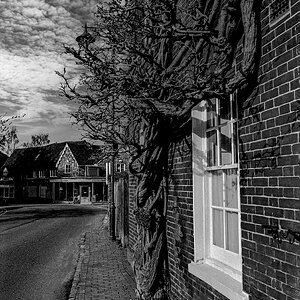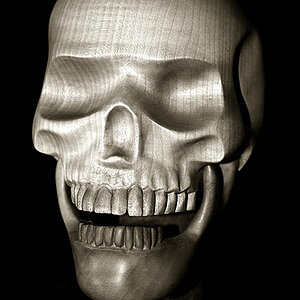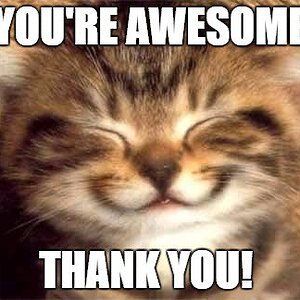fmw
No longer a newbie, moving up!
You will also need to get your shutter speed up higher. Rule of thumb, shutter speed at least the focal length of lens you are using. Even better shoot with about f/8 to f/11 and your shutter speed with go way up for that shot.
Or faster. However, that is a rule of thumb for hand holding and he used a tripod. I do think his lens might perform better at f8 or f11 but the shutter speed shouldn't matter with a steady tripod.


![[No title]](/data/xfmg/thumbnail/31/31011-439c1242fe08cf6b54f32bf06523a567.jpg?1619734567)
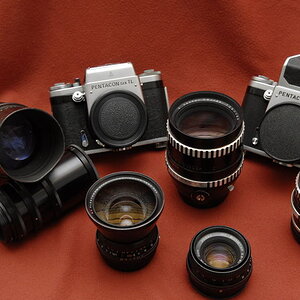
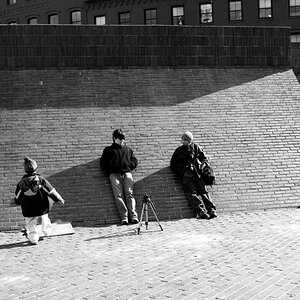
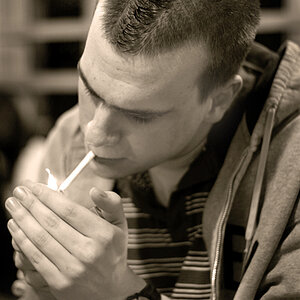
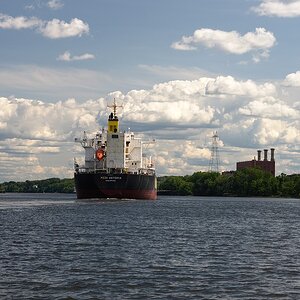
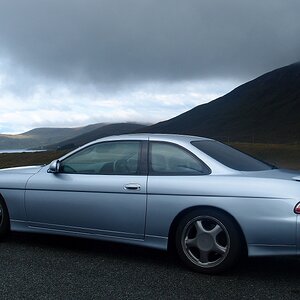
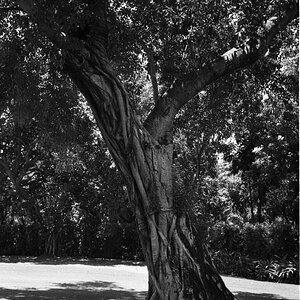
![[No title]](/data/xfmg/thumbnail/32/32926-ec27ecead8c80d803404500d8f888dbf.jpg?1619735754)

